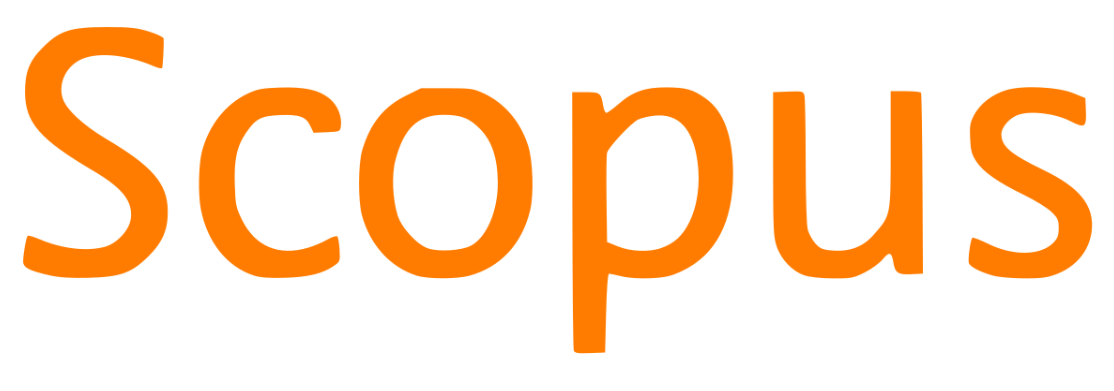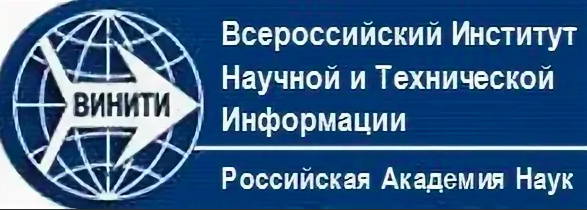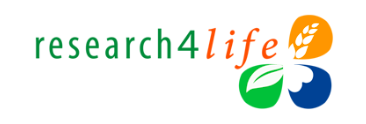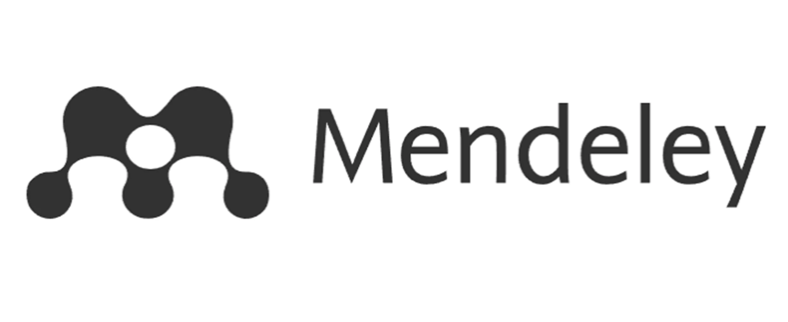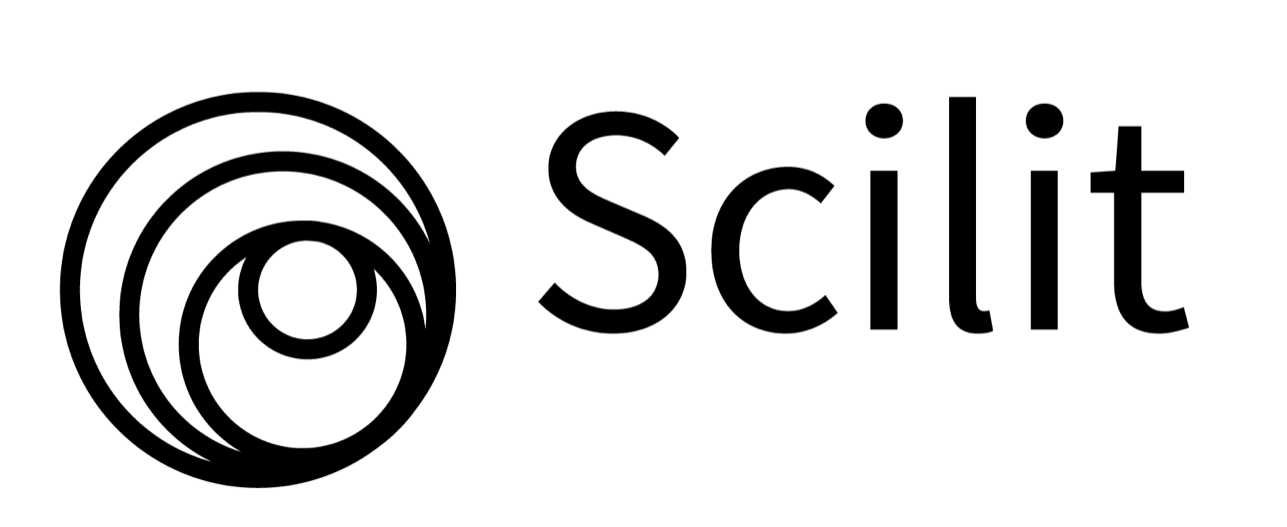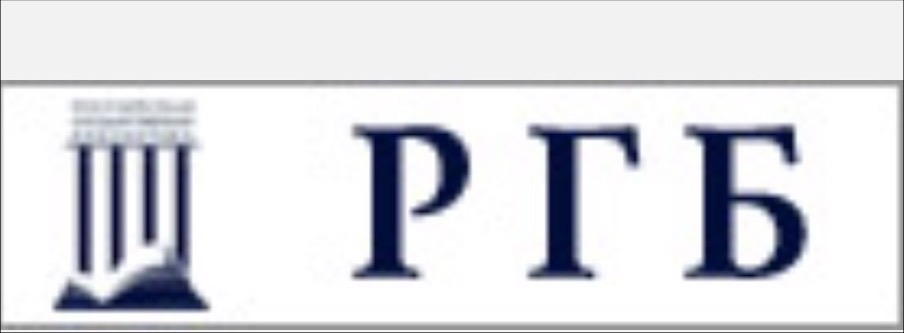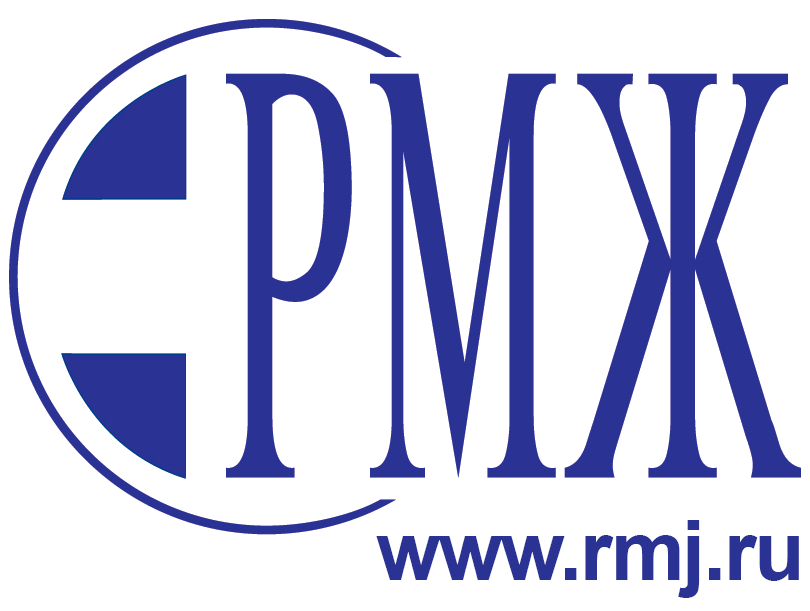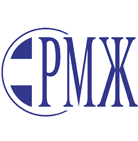Tension headache: modern neurobiology data and treatment options
DOI: 10.32364/2587-6821-2022-6-10-563-570
A.V. Sergeev
I.M. Sechenov First Moscow State Medical University (Sechenov University), Moscow, Russian Federation
Tension headache (TH) is the most common neurological disease. According to epidemiological data, about 2.33 billion people in the world periodically experience the TH. In recent years unreasonably little attention has been paid to TH, despite the high prevalence and significant impairment of daily activity and life quality in many patients. The review examines the neurobiology issues of the TH, genetic factors, and pathophysiological mechanisms of TH development. Despite all the difficulties in understanding the neurobiology of TH, it can be assumed that peripheral factors play a major role in the development of painful episodes in TH, and central sensitization is the leading link in this disease chronification. The review describes the clinical manifestations, diagnosis and classification of TH, as well as modern methods for its treatment and prevention. The following three treatment blocks are used to effectively help patients with TH: behavioral therapy, relief of painful episodes and preventive treatment. It is noted that non-drug therapies are the basis for the prevention of TH, whereas pharmacotherapy is used to relieve an acute episode of headache and for preventive treatment in frequent and chronic forms of TH.
Keywords: tension headache, neurobiology, diagnostics, therapy, NSAID, antispasmodic agent.
For citation: Sergeev A.V. Tension headache: modern neurobiology data and treatment options. Russian Medical Inquiry. 2022;6(10):563–570 (in Russ.). DOI: 10.32364/2587-6821-2022-6-10-563-570.
About the author:
Alexey V. Sergeev — C. Sc. (Med.), Associate Professor of the Department of Nervous Diseases and Neurosurgery of the N.V. Sklifosovskiy Institute of Clinical Medicine, I.M. Sechenov First Moscow State Medical University (Sechenov University); 2 build. 8, Trubetskaya str., Moscow, 119991, Russian Federation; ORCID iD 0000-0002-7142-3719. Contact information: Alexey V. Sergeev, e-mail: sergeev.neuro@gmail.com.
Financial Disclosure: the author has no financial or property interest in any material or method mentioned.
There is no conflict of interests.
Received 01.09.2022.
Revised 26.09.2022.
Accepted 19.10.2022.
2. Deuschl G., Beghi E., Fazekas F. et al. The burden of neurological diseases in Europe: an analysis for the Global Burden of Disease Study 2017. Lancet Public Health. 2020;5(10):e551–e567. DOI: 10.1016/S2468-2667(20)30190-0.
3. Lyngberg A.C., Rasmussen B.K., Jørgensen T., Jensen R. Incidence of primary headache: a Danish epidemiologic follow-up study. Am J Epidemiol. 2005;161(11):1066–1073. DOI: 10.1093/aje/kwi139.
4. Alzoubi K.H., Mhaidat N., Azzam S.A. et al. Prevalence of migraine and tension-type headache among adults in Jordan. J Headache Pain. 2009;10(4):265–270. DOI: 10.1007/s10194-009-0122-6.
5. Schwartz B.S., Stewart W.F., Simon D., Lipton R.B. Epidemiology of tension-type headache. JAMA. 1998;279(5):381–383. DOI: 10.1001/jama.279.5.381.
6. Stovner Lj., Hagen K., Jensen R. et al. The global burden of headache: a documentation of headache prevalence and disability worldwide. Cephalalgia. 2007;27(3):193–210. DOI: 10.1111/j.1468-2982.2007.01288.x.
7. Ayzenberg I., Katsarava Z., Sborowski A. et al. The prevalence of primary headache disorders in Russia: a countrywide survey. Cephalalgia. 2012;32(5):373–381. DOI: 10.1177/0333102412438977.
8. United Nations, Department of Economic and Social Affairs, Population Division (2017). World Population Prospects 2017 — Data Booklet (ST/ESA/SER.A/401) (Electronic resource.) URL: https://www.un.org/development/desa/pd/sites/www.un.org.development.desa.pd/files/files/documents/2020/Jan/un_2017_world_population_prospects-2017_revision_databooklet.pdf (access date: 22.08.2022).
9. Russell M.B., Levi N., Saltyte-Benth J., Fenger K. Tension-type headache in adolescents and adults: a population based study of 33,764 twins. Eur J Epidemiol. 2006;21(2):153–160. DOI: 10.1007/s10654-005-6031-3.
10. Leonardi M., Grazzi L., D’Amico D. et al. Global Burden of Headache Disorders in Children and Adolescents 2007–2017. Int J Environ Res Public Health. 2020;18(1):250. DOI: 10.3390/ijerph18010250.
11. Wang S.J., Fuh J.L., Lu S.R., Juang K.D. Chronic daily headache in adolescents: prevalence, impact, and medication overuse. Neurology. 2006;66(2):193–197. DOI: 10.1212/01.wnl.0000183555.54305.fd.
12. GBD 2015 Disease and Injury Incidence and Prevalence Collaborators. Global, regional, and national incidence, prevalence, and years lived with disability for 310 diseases and injuries, 1990–2015: a systematic analysis for the Global Burden of Disease Study 2015. Lancet. 2016;388(10053):1545–1602. DOI: 10.1016/S0140-6736(16)31678-6.
13. Cassidy E.M., Tomkins E., Hardiman O., O’Keane V. Factors associated with burden of primary headache in a specialty clinic. Headache. 2003;43(6):638–644. DOI: 10.1046/j.1526-4610.2003.03106.x.
14. Rasmussen B.K., Jensen R., Olesen J. Impact of headache on sickness absence and utilisation of medical services: a Danish population study. J Epidemiol Community Health. 1992;46(4):443–446. DOI: 10.1136/jech.46.4.443.
15. Ashina S., Mitsikostas D.D., Lee M.J. et al. Tension-type headache. Nat Rev Dis Primers. 2021;7(1):24. DOI: 10.1038/s41572-021-00257-2.
16. Ulrich V., Gervil M., Olesen J. The relative influence of environment and genes in episodic tension-type headache. Neurology. 2004;62(11):2065–2069. DOI: 10.1212/01.wnl.0000129498.50793.8a.
17. Russell M.B., Levi N., Kaprio J. Genetics of tension-type headache: a population based twin study. Am J Med Genet B Neuropsychiatr Genet. 2007;144B(8):982–986. DOI: 10.1002/ajmg.b.30497.
18. Russell M.B., Saltyte-Benth J., Levi N. Are infrequent episodic, frequent episodic and chronic tension-type headache inherited? A population-based study of 11 199 twin pairs. J Headache Pain. 2006;7(3):119–126. DOI: 10.1007/s10194-006-0299-x.
19. Ostergaard S., Russell M.B., Bendtsen L., Olesen J. Comparison of first degree relatives and spouses of people with chronic tension headache. BMJ. 1997;314(7087):1092–1093. DOI: 10.1136/bmj.314.7087.1092.
20. Park J.W., Kim J.S., Lee H.K. et al. Serotonin transporter polymorphism and harm avoidance personality in chronic tension-type headache. Headache. 2004;44(10):1005–1009. DOI: 10.1111/j.1526-4610.2004.04194.x.
21. Fernández-de-Las-Peñas C., Ambite-Quesada S., Palacios-Ceña M. et al. Catechol-O-Methyltransferase (COMT) rs4680 Val158Met Polymorphism is Associated With Widespread Pressure Pain Sensitivity and Depression in Women With Chronic, but not Episodic, Tension-Type Headache. Clin J Pain. 2019;35(4):345–352. DOI: 10.1097/AJP.0000000000000684.
22. Bendtsen L., Fernández-de-la-Peñas C. The role of muscles in tension-type headache. Curr Pain Headache Rep. 2011;15(6):451–458. DOI: 10.1007/s11916-011-0216-0.
23. Osipova V.V. Pericranial muscle dysfunction in primary headache and its correction. Nevrologiya, neyropsikhiatriya, psikhosomatika. 2011;4:29–35 (in Russ.).
24. Fernández-de-Las-Peñas C., Cuadrado M.L., Pareja J.A. Myofascial trigger points, neck mobility, and forward head posture in episodic tension-type headache. Headache. 2007;47(5):662–672. DOI: 10.1111/j.1526-4610.2006.00632.x.
25. Jensen R. Peripheral and central mechanisms in tension-type headache: an update. Cephalalgia. 2003;23 Suppl 1:49–52. DOI: 10.1046/j.1468-2982.2003.00574.x.
26. Della Vedova C., Cathcart S., Dohnalek A. et al. Peripheral interleukin-1ß levels are elevated in chronic tension-type headache patients. Pain Res Manag. 2013;18(6):301–306. DOI: 10.1155/2013/796161.
27. Ozkul Y., Ay H. Habituation of sympathetic skin response in migraine and tension type headache. Auton Neurosci. 2007;134(1–2):81–84. DOI: 10.1016/j.autneu.2007.02.006.
28. Bendtsen L., Jensen R., Olesen J. Decreased pain detection and tolerance thresholds in chronic tension-type headache. Arch Neurol. 1996;53(4):373–376. DOI: 10.1001/archneur.1996.00550040113021.
29. Sandrini G., Rossi P., Milanov I. et al. Abnormal modulatory influence of diffuse noxious inhibitory controls in migraine and chronic tension-type headache patients. Cephalalgia. 2006;26(7):782–789. DOI: 10.1111/j.1468-2982.2006.01130.x.
30. Bezov D., Ashina S., Jensen R., Bendtsen L. Pain perception studies in tension-type headache. Headache. 2011;51(2):262–271. DOI: 10.1111/j.1526-4610.2010.01768.x.
31. Ashina M., Bendtsen L., Jensen R. et al. Plasma levels of substance P, neuropeptide Y and vasoactive intestinal polypeptide in patients with chronic tension-type headache. Pain. 1999;83(3):541–547. DOI: 10.1016/S0304-3959(99)00159-1.
32. Osipova V.V. Migraine and tension headache. In: Clinical guidelines. Neurology and neurosurgery. Gusev E.I., Konovalov A.N., eds. 2nd ed., revised. M.: GEOTAR-Media; 2015 (in Russ.).
33. Tabeyeva G.R. Headache: a guide for physicians. 2nd ed., revised. M: GEOTAR-Media; 2018 (in Russ.).
34. Ashina S., Lipton R.B., Bendtsen L. et al. Increased pain sensitivity in migraine and tension-type headache coexistent with low back pain: A cross-sectional population study. Eur J Pain. 2018;22(5):904–914. DOI: 10.1002/ejp.1176.
35. Ashina S., Bendtsen L., Lyngberg A.C. et al. Prevalence of neck pain in migraine and tension-type headache: a population study. Cephalalgia. 2015;35(3):211–219. DOI: 10.1177/0333102414535110.
36. Azimova Y.E., Alferova V.V., Amelin A.V. et al. Clinical Guidelines for Headache Stress (HBS). Zhurnal Nevrologii i Psikhiatrii imeni S.S. Korsakova. 2022;122(2‑3):4–28 (in Russ.). DOI: 10.17116/jnevro20221220234.
37. Sergeyev A.V. Tension headache treatment: from old myths to a modern concept. RMJ. 2015;12:668 (in Russ.).
38. Bendtsen L., Evers S., Linde M. et al. EFNS guideline on the treatment of tension-type headache — report of an EFNS task force. Eur J Neurol. 2010;17(11):1318–1325. DOI: 10.1111/j.1468-1331.2010.03070.x.
39. Fernández-de-Las-Peñas C., Palacios-Ceña M., Castaldo M. et al. Variables associated with use of symptomatic medication during a headache attack in individuals with tension-type headache: a European study. BMC Neurol. 2020;20(1):43. DOI: 10.1186/s12883-020-1624-8.
40. Tabeyeva T.G., Azimova Yu.E. Novelty in the treatment of episodic tension-type headache. Nevrologiya, neyropsikhiatriya, psikhosomatika. 2010;2(4):57–62 (in Russ.). DOI: 10.14412/2074-2711-2010-118.
41. Filatova E.G. Sustainable pharmacological relief of headache. RMJ. 2022;5:17–20 (in Russ.).
42. Instructions for use of the medicinal product for medical use SPAZGAN NEO. Registration number: LP-003270. (Electronic resource.) URL: https://grls.rosminzdrav.ru/grls.aspx?s=%D1%81%D0%BF%D0%B0%D0%B7%D0%B3%D0%B0%D0%BD%20%D0%BD%D0%B5%D0%BE&m=tn (access date: 22.08.2022).
43. Derry S., Wiffen P.J., Moore R.A., Bendtsen L. Ibuprofen for acute treatment of episodic tension-type headache in adults. Cochrane Database Syst Rev. 2015;2015(7):CD011474. DOI: 10.1002/14651858.CD011474.pub2.
44. Ashina S., Bendtsen L., Jensen R. Analgesic effect of amitriptyline in chronic tension-type headache is not directly related to serotonin reuptake inhibition. Pain. 2004;108(1–2):108–114. DOI: 10.1016/j.pain.2003.12.012.
45. Spira P.J., Beran R.G.; Australian Gabapentin Chronic Daily Headache Group. Gabapentin in the prophylaxis of chronic daily headache: a randomized, placebo-controlled study. Neurology. 2003;61(12):1753–1759. DOI: 10.1212/01.wnl.0000100121.58594.11.
46. Fogelholm R., Murros K. Tizanidine in chronic tension-type headache: a placebo controlled double-blind cross-over study. Headache. 1992;32(10):509–513. DOI: 10.1111/j.1526-4610.1992.hed3210509.x.
47. Tabeeva G.R., Osipova V.V., Filatova E.G. et al. Evaluation and treatment of medication-overuse headache: Russian experts’ guidelines. Nevrologiya, neiropsikhiatriya, psikhosomatika=Neurology, Neuropsychiatry, Psychosomatics. 2022;14(1):4–13 (in Russ.). DOI: 10.14412/2074-2711-2022-1-4-13.

This work is licensed under a Creative Commons «Attribution» 4.0 License.

